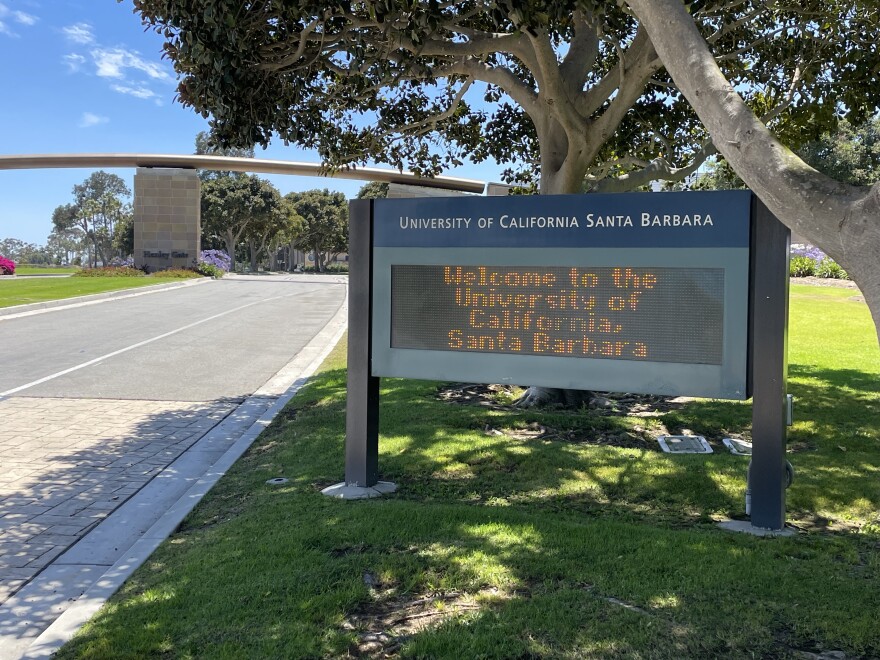The US Supreme Court recently ruled that universities cannot use race as a factor in college admissions. A UC Santa Barbara professor said the decision complicates efforts to achieve diversity goals on college campuses.
Jeffrey Milem, Dean of UCSB’s Gevirtz Graduate School of Education, has studied race and equity issues in higher education for decades.
He described the recent decision by the US Supreme Court to strike down affirmative action in college admissions as troubling.
“It defies everything we know from good empirical evidence in education research and social science research that says what we should be doing in this area,” he said.
The Court ruled that race-based admissions policies violate equal protection under the 14th amendment. The debate over affirmative action and whether to consider an applicant’s race in college admissions has been ongoing for decades. In 2003, the Supreme Court suggested it was a temporary program to achieve diversity in higher education. Today’s Court decided affirmative action is no longer necessary or lawful.
Milem said the ruling was not a total surprise, but he disagrees with the decision and said goals for diversity have not been met.
“It also defies the fact that educational opportunity access and student success is still inequitable in educational institutions,” he said.
Milem said California serves as a case in point. In 1996, California voters, by way of Proposition 209, banned affirmative action at all public institutions including the UCs and diversity rapidly declined on campuses.

“Immediately following, the number of African American applicants, in particular, and Latino applicants dropped dramatically,” he said.
He said fewer students of color applied and it was a critical blow to diversity on campuses, one that UCs are still working to overcome.
Now, public and private colleges all across the country will enter a post-affirmative action era. Lisa Przekop, Executive Director of Admissions at UCSB, is getting a lot of phone calls.
“We're getting a lot of calls from colleagues at other universities asking, "How did we change our programs? What did we do as a result of the changes when it happened here in California?,” she said.
She said out-of-state schools are looking for guidance, and the UCs have 25 years of experience to draw upon.
“What we've been sharing with colleagues are the different outreach programs that we’ve developed because the way to increase your diversity is to make sure you have a large applicant pool that is also diverse,” she said.
Przekop said outreach programs include travel to high schools everywhere in the state, organized student trips to the Santa Barbara campus, and online resources. She also has two admissions counselors dedicated to diversity initiatives.
“There is a big degree of reassuring students that this is your state university, and you definitely are welcome here,” she said.
Przekop said UCSB has made progress re-building a diverse campus, but there’s still much more to do to ensure equitable access to higher education.




